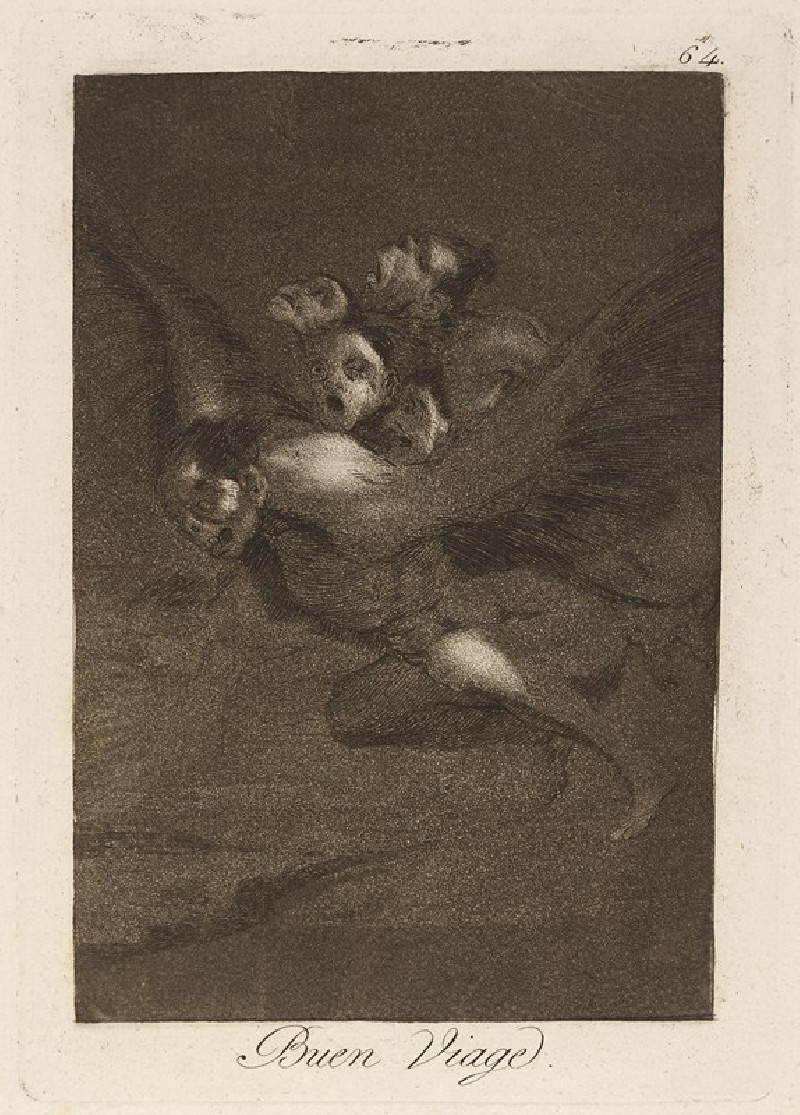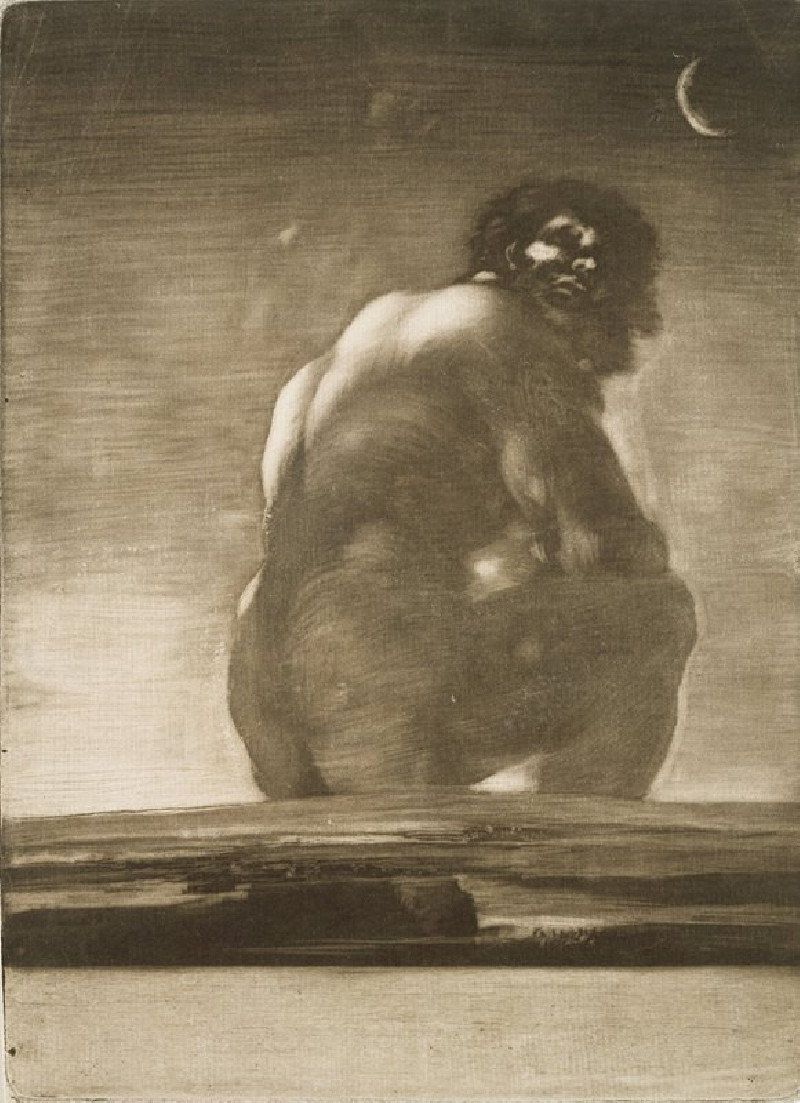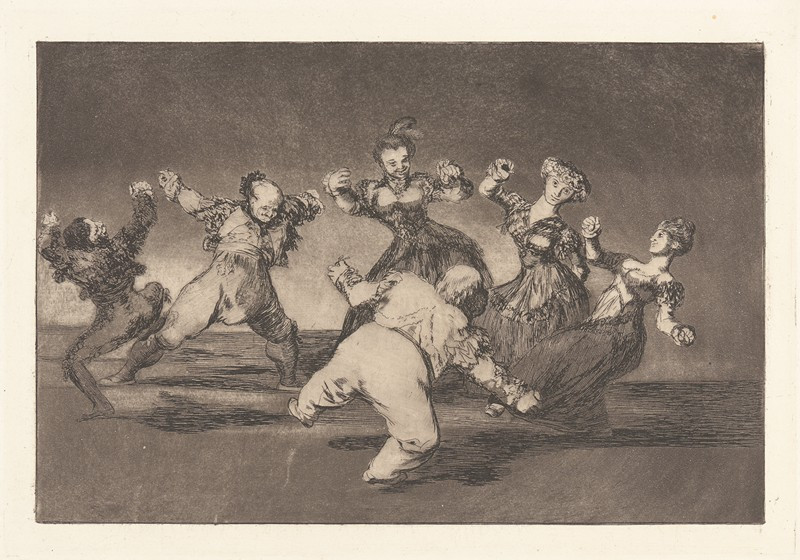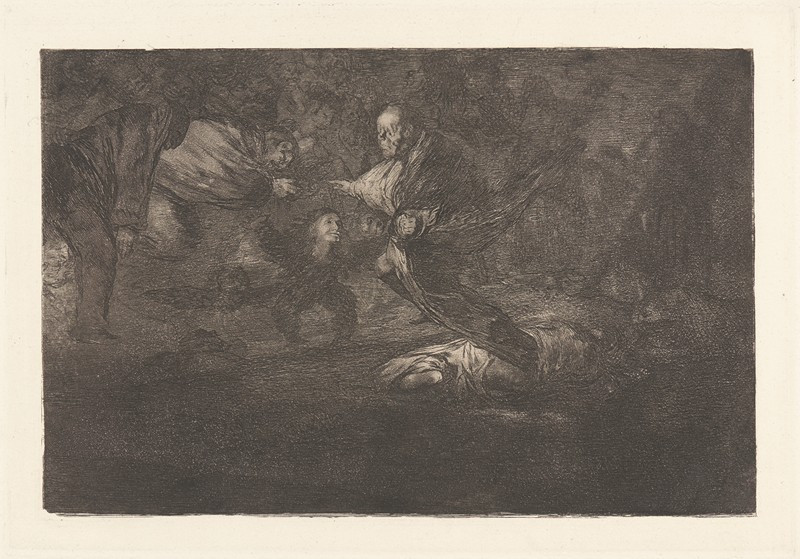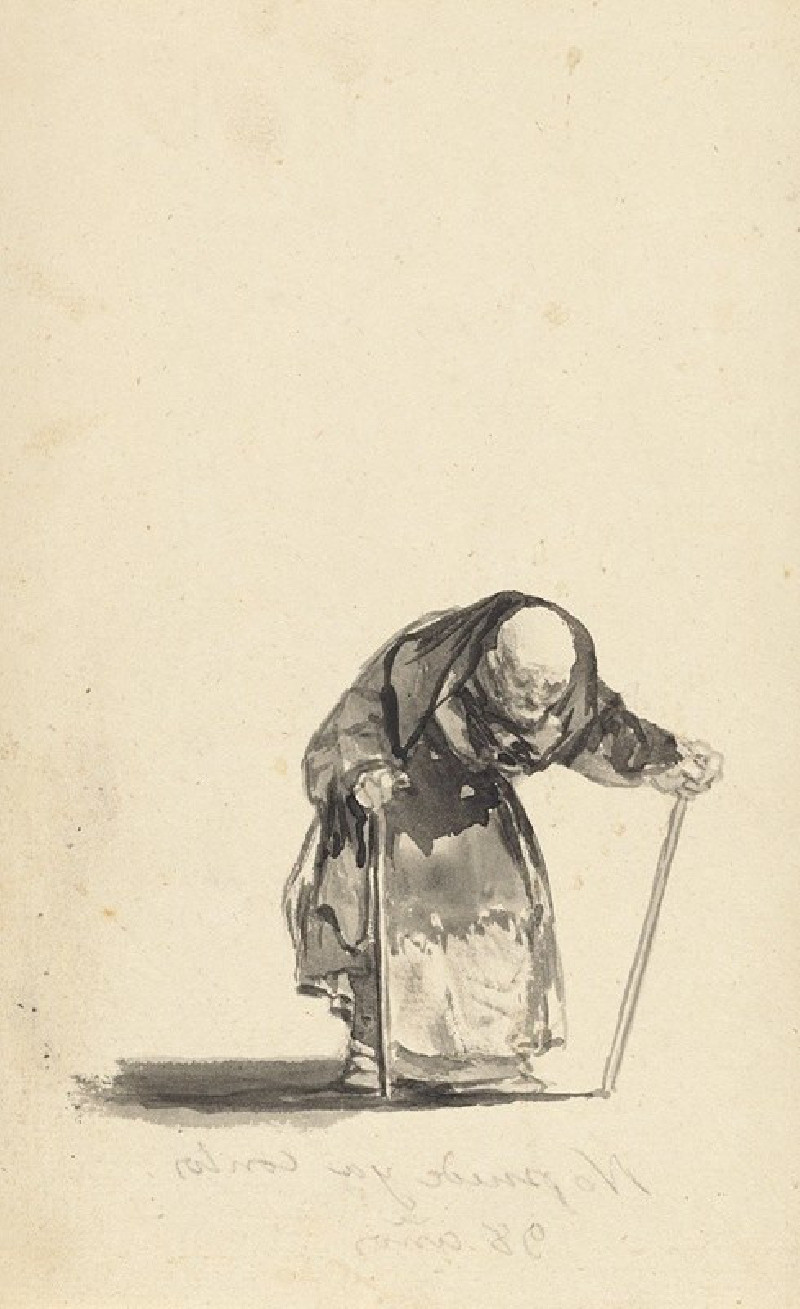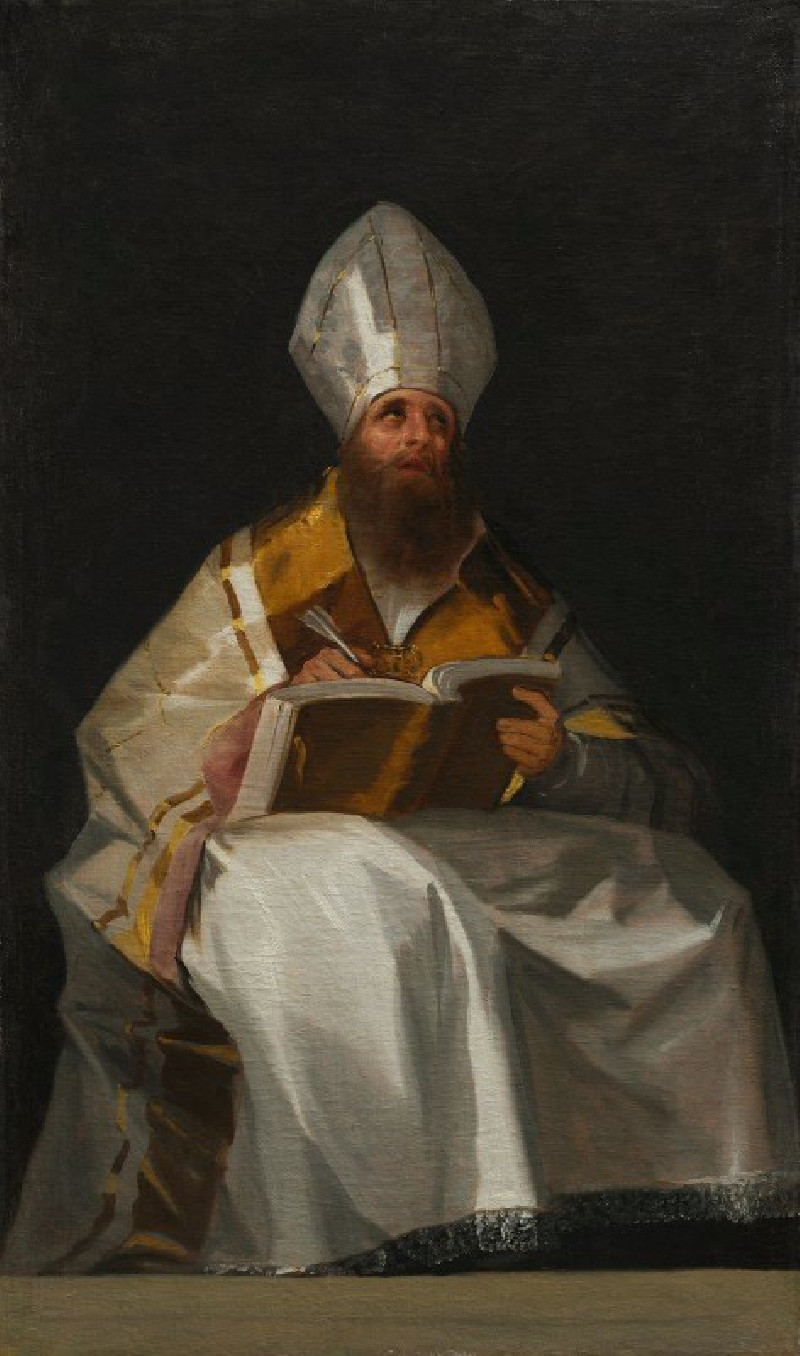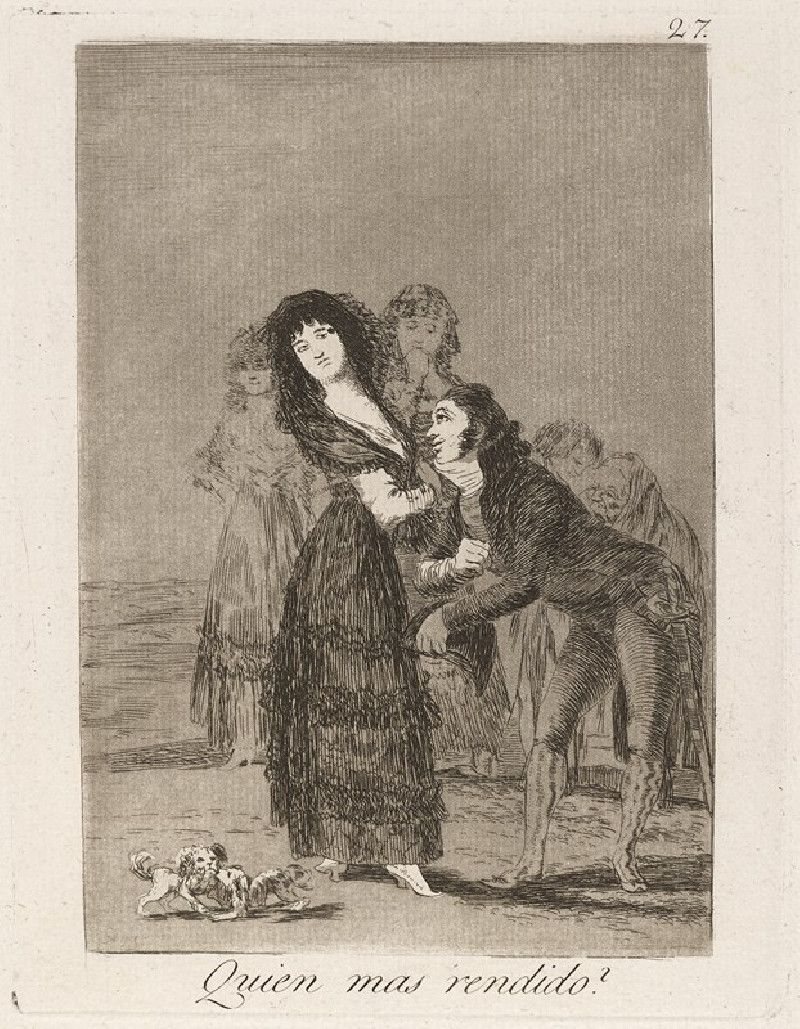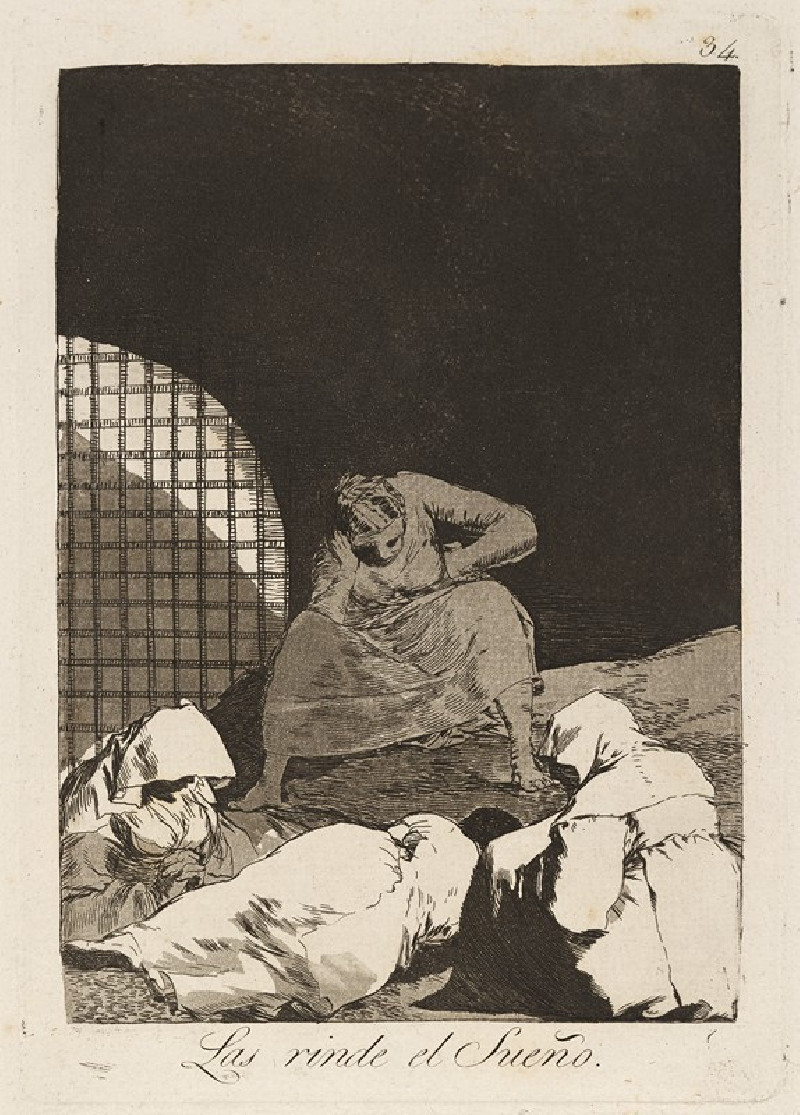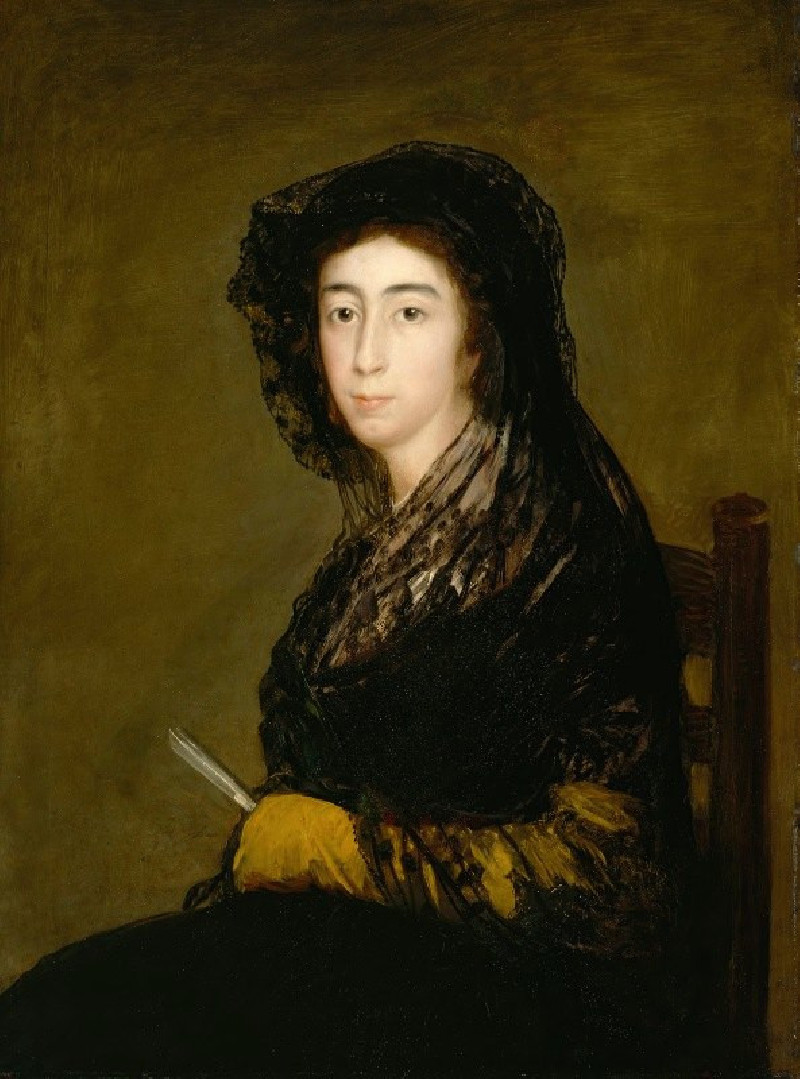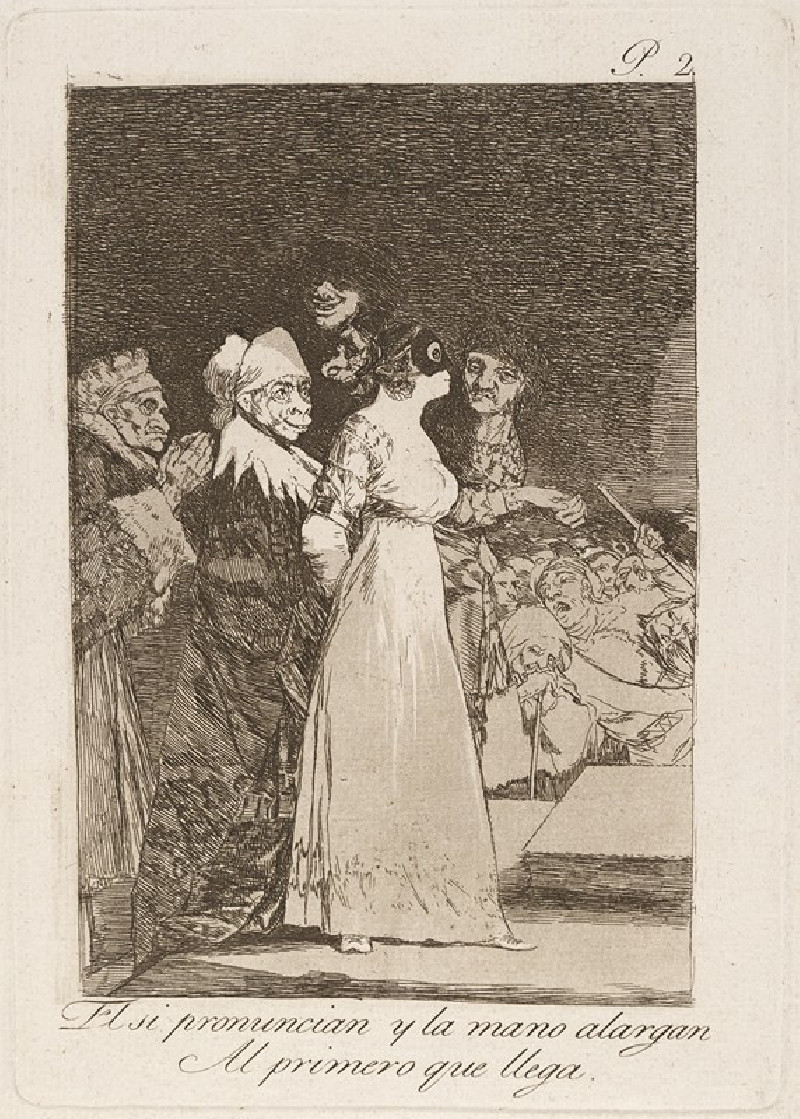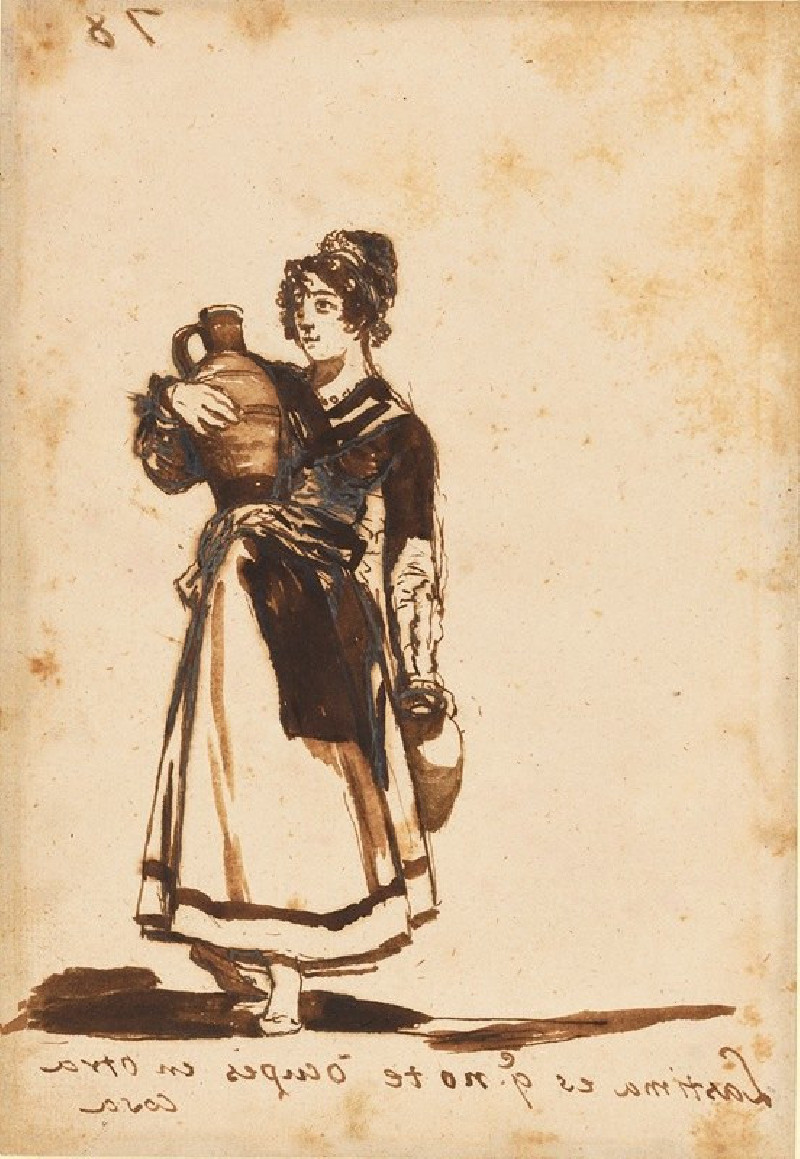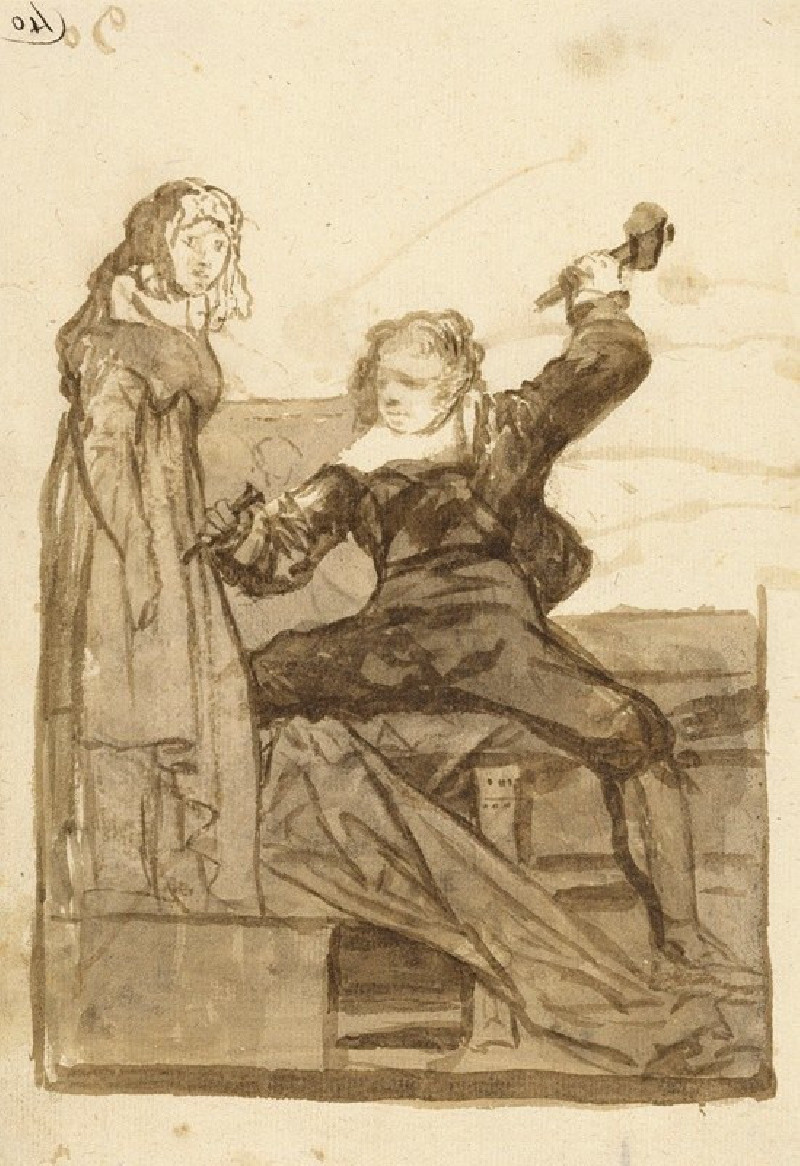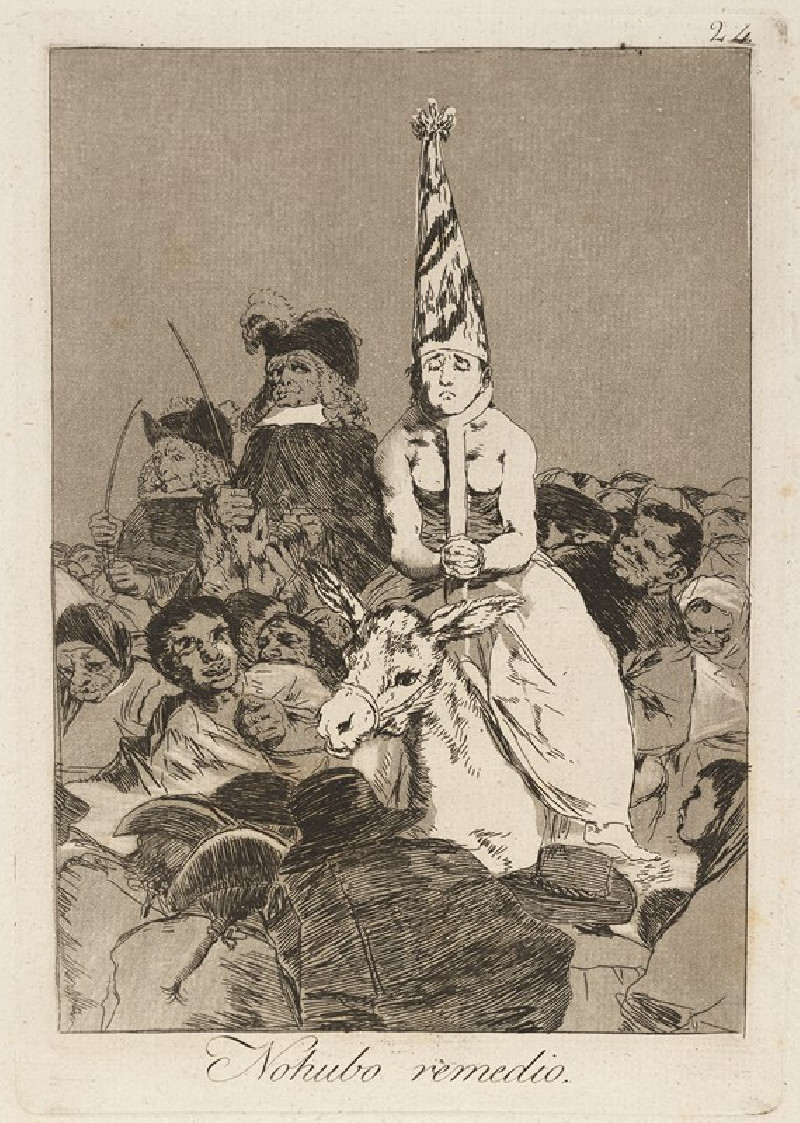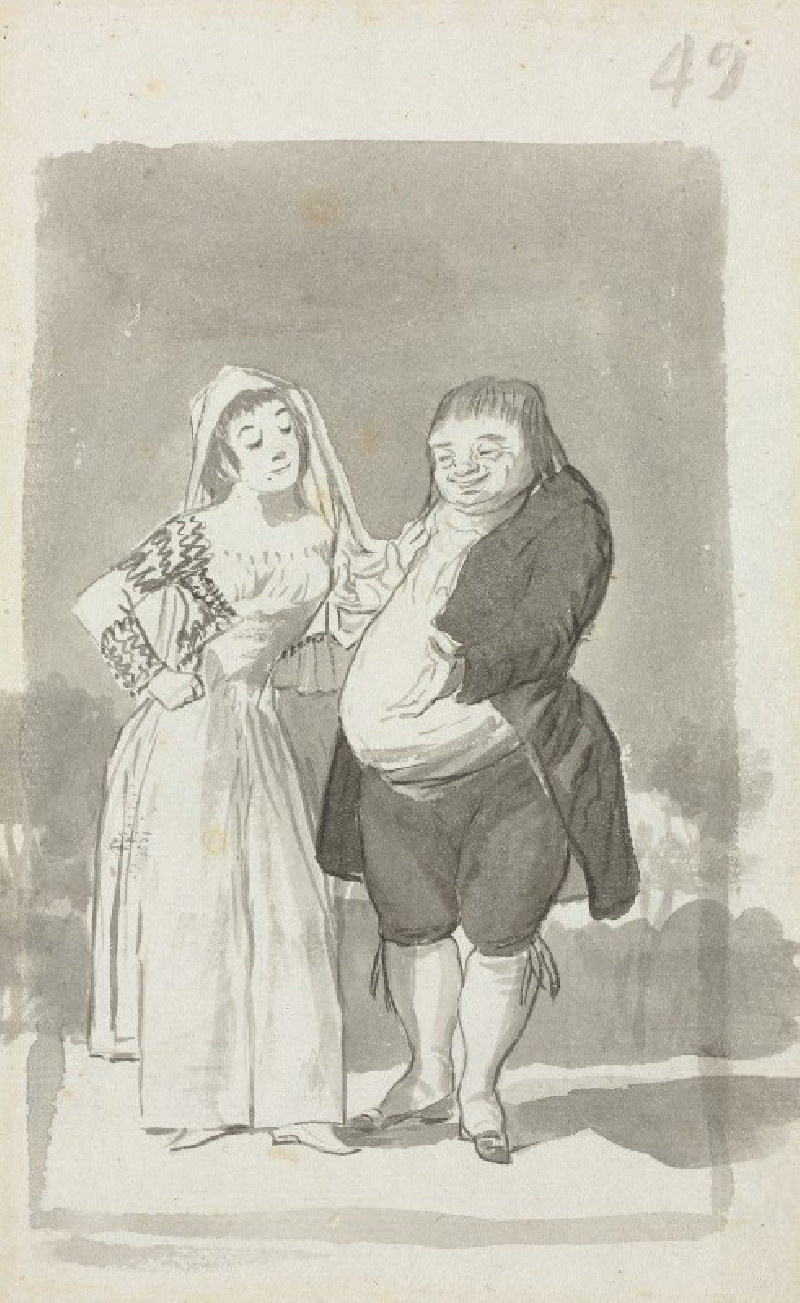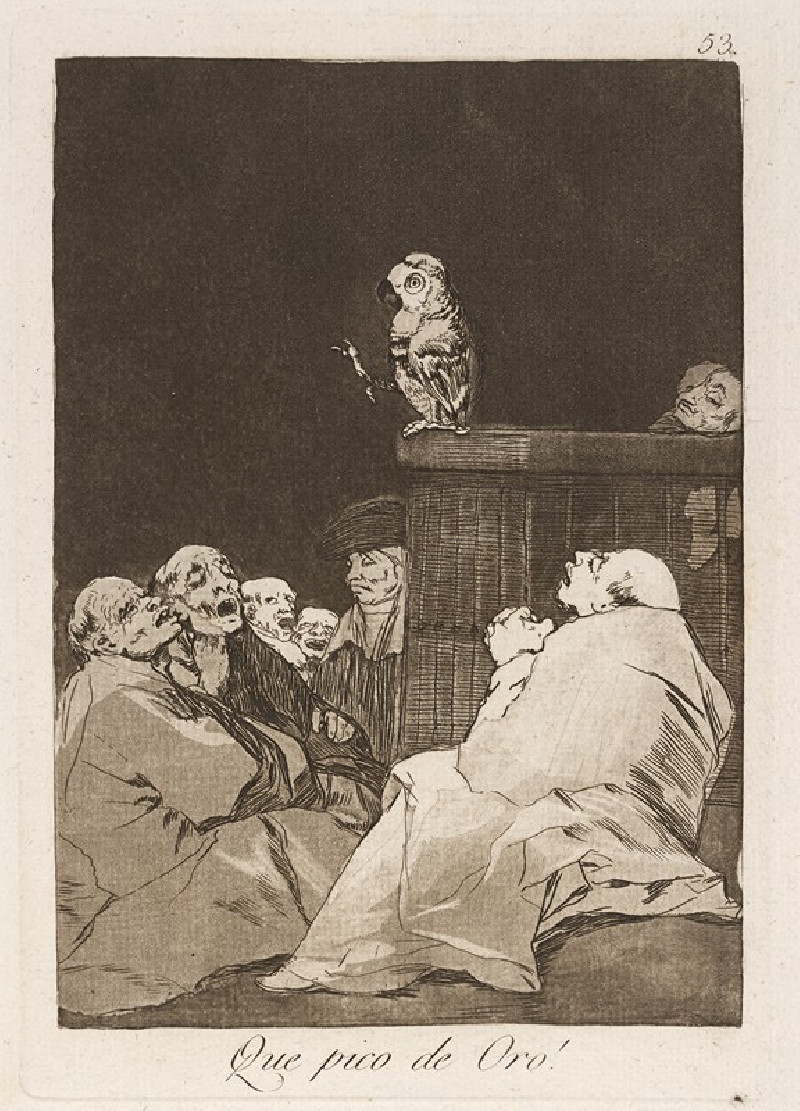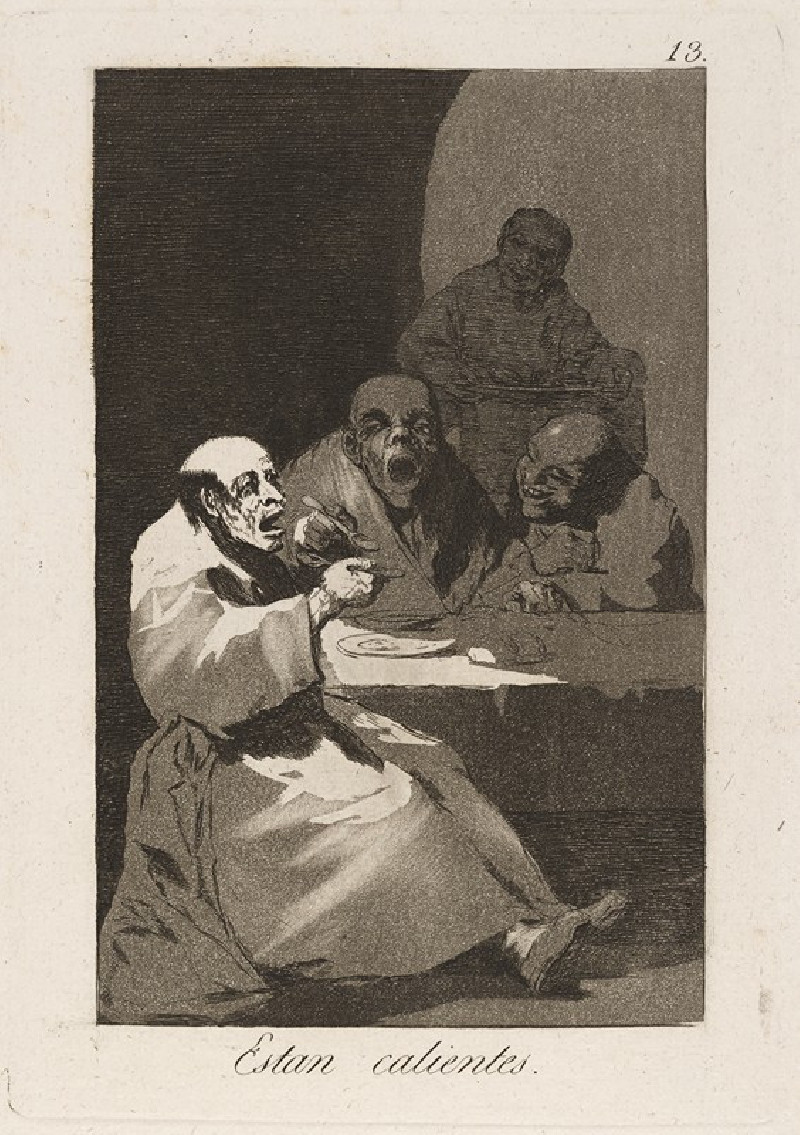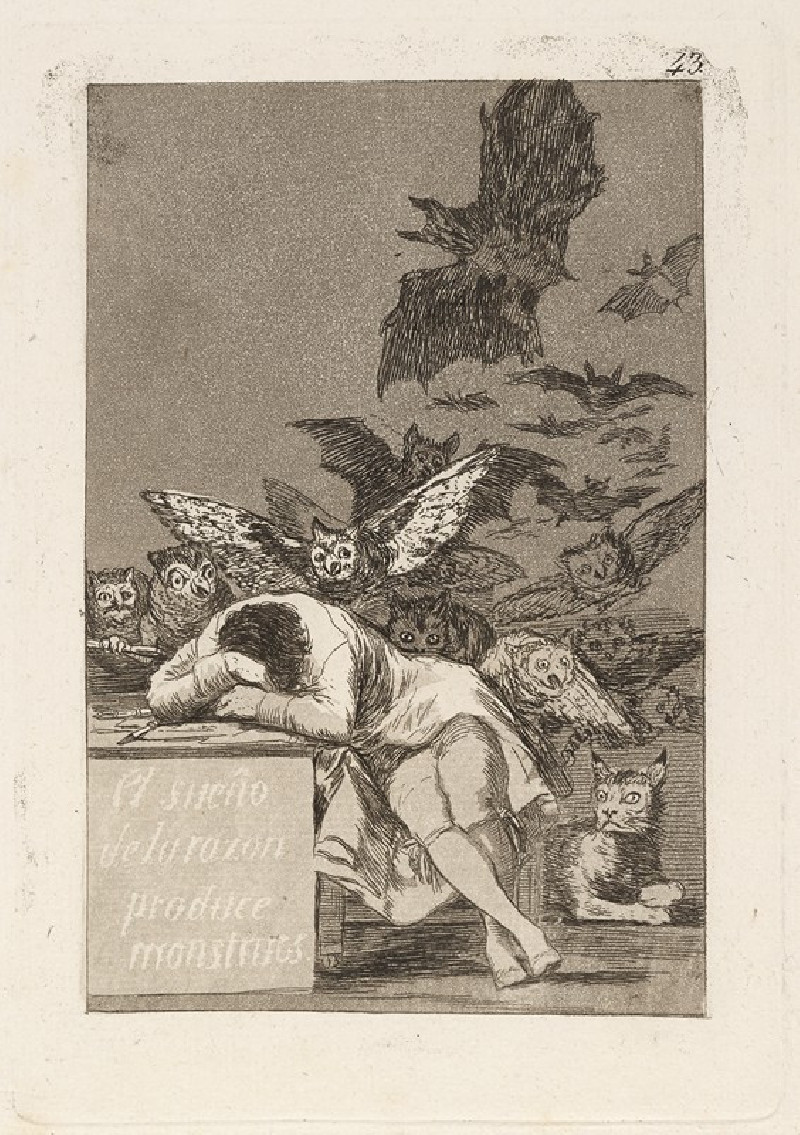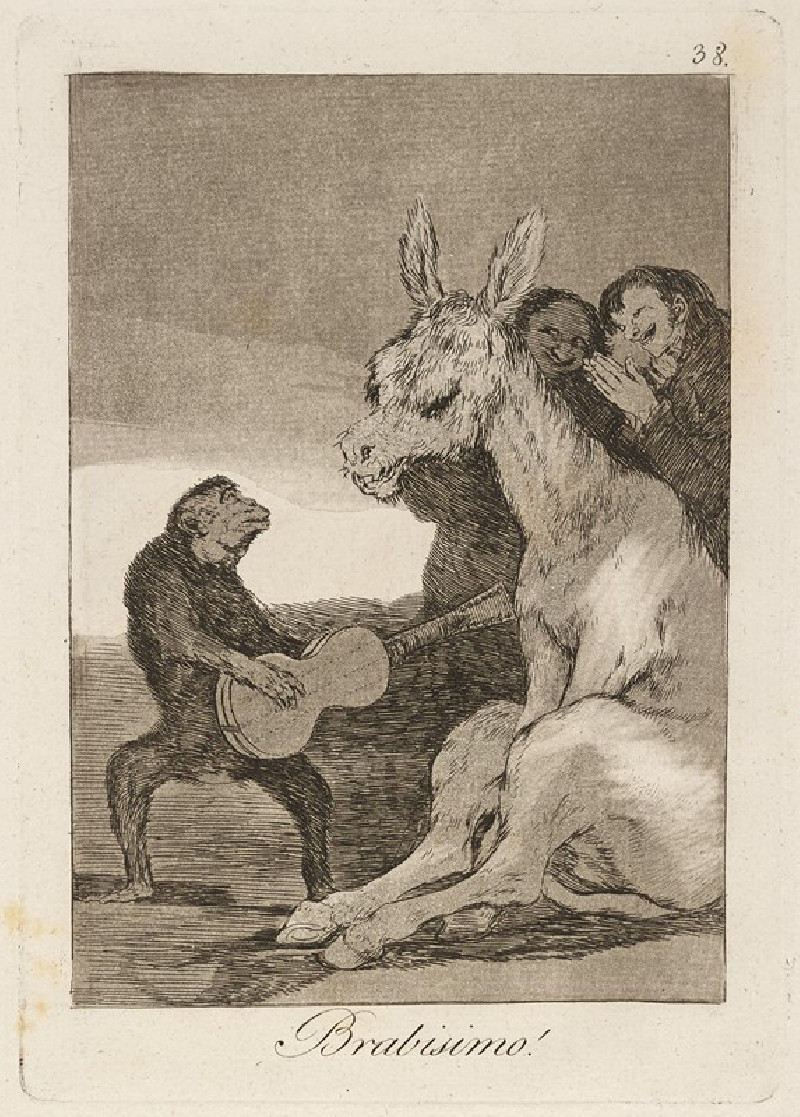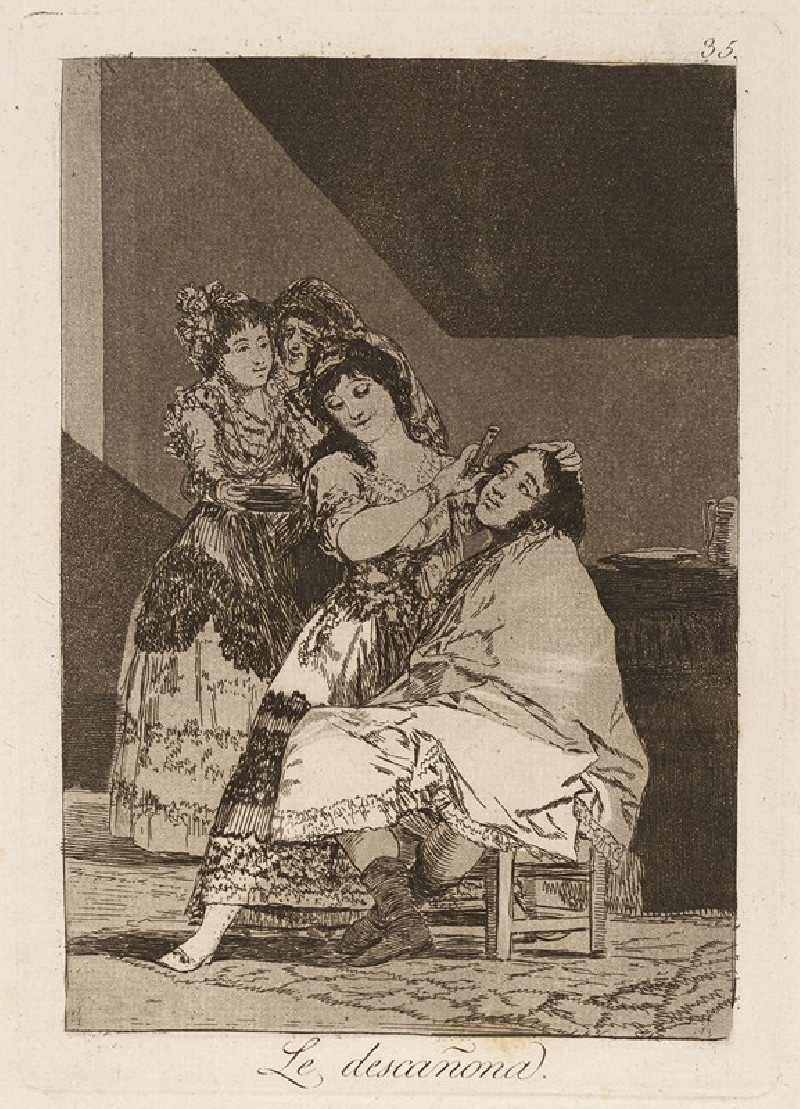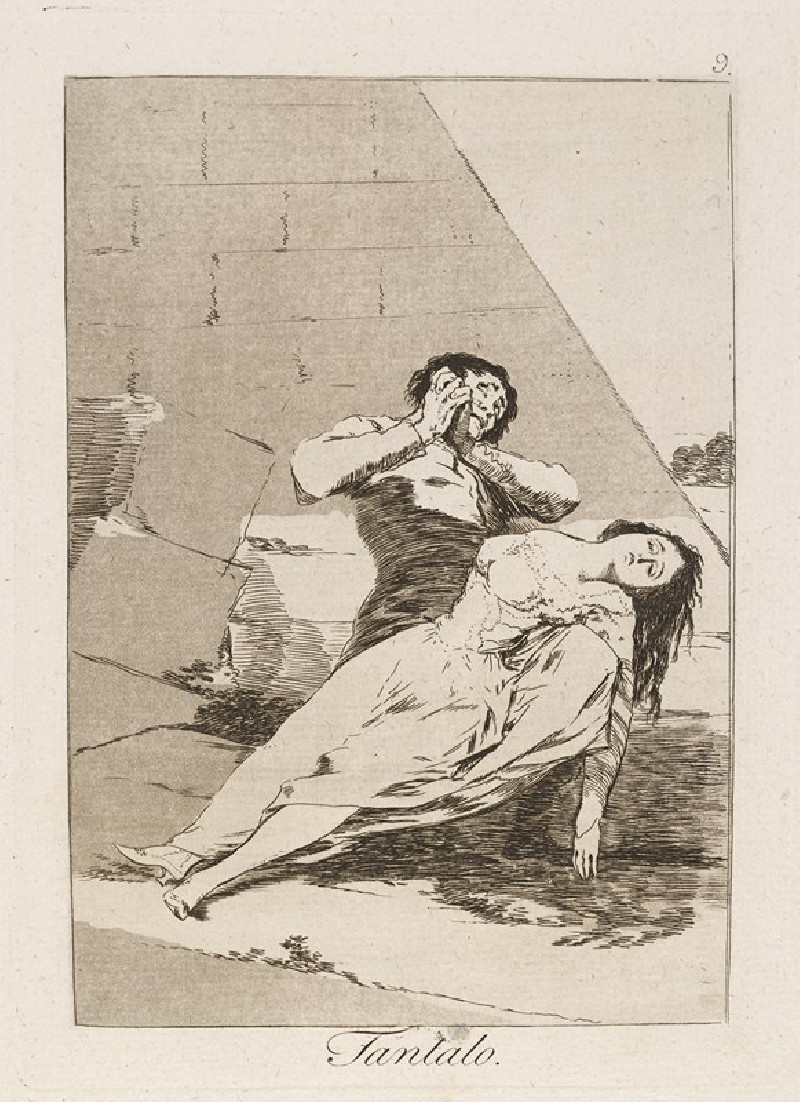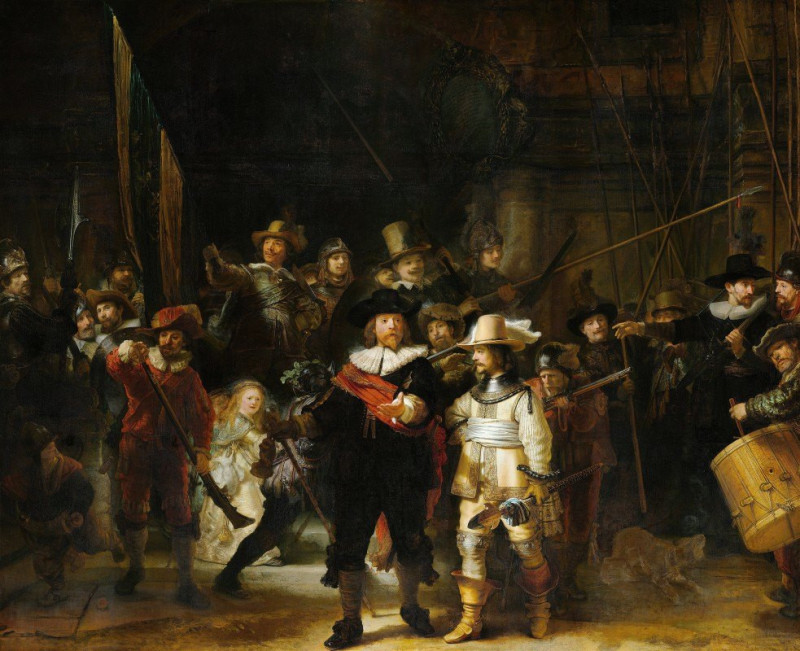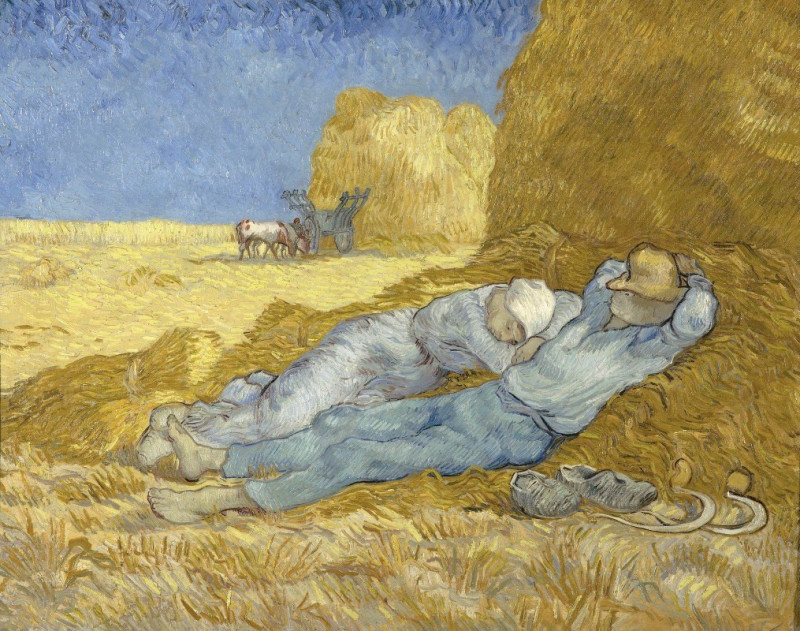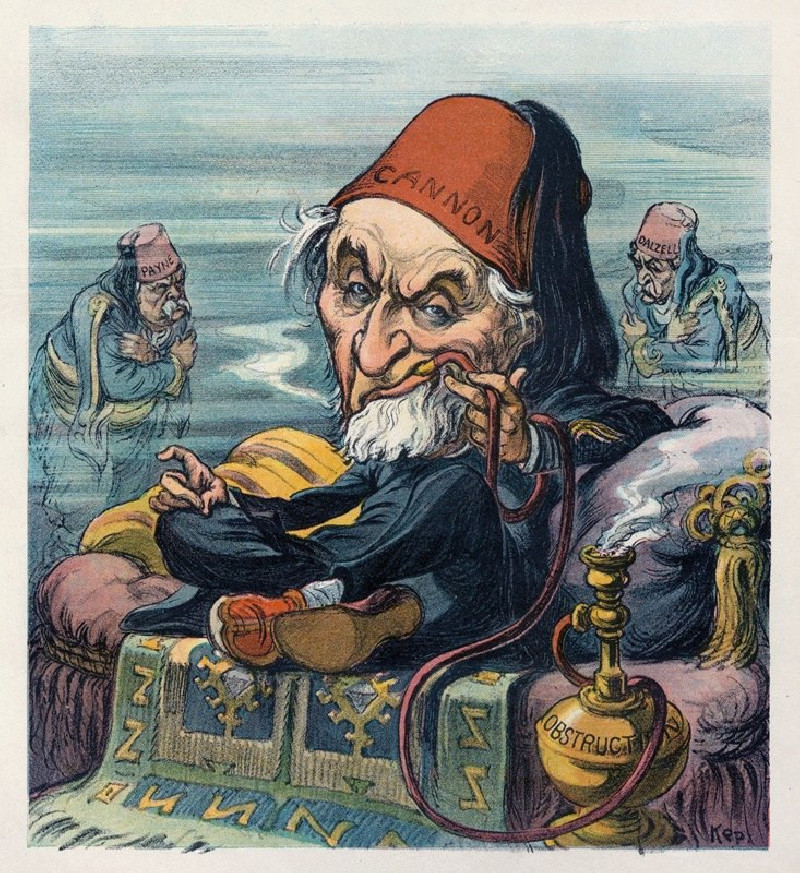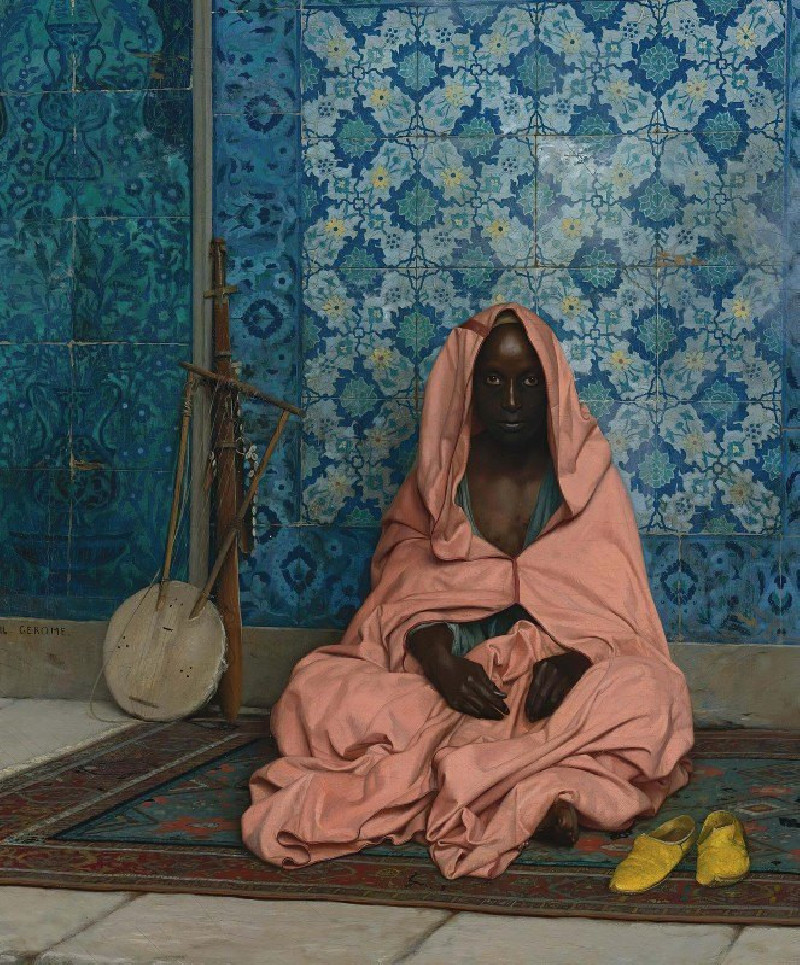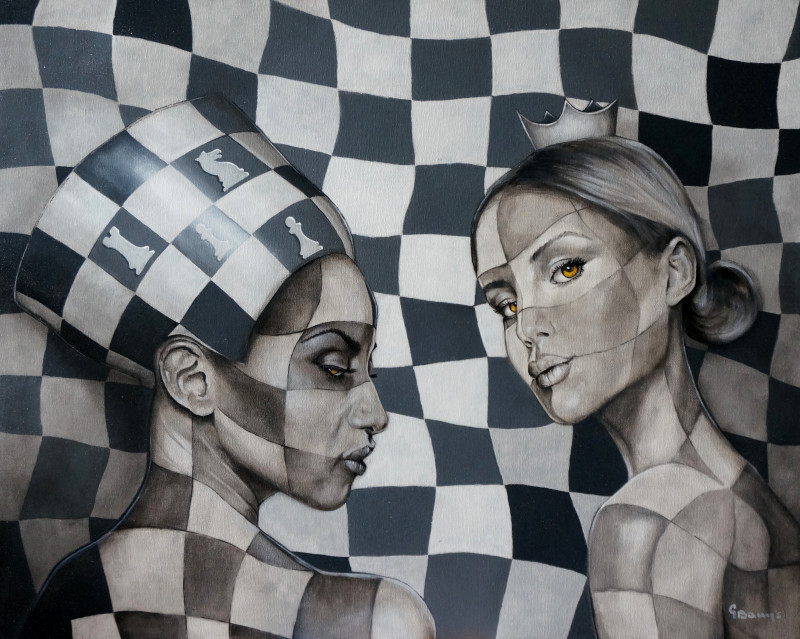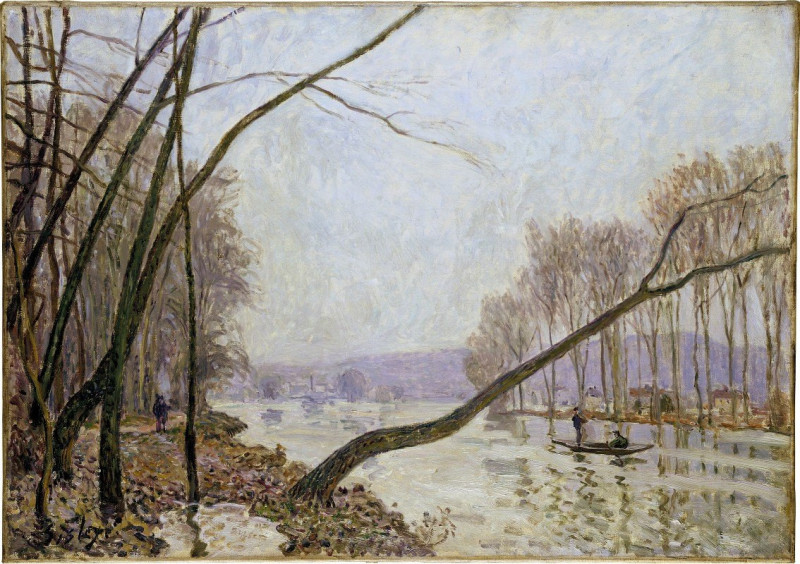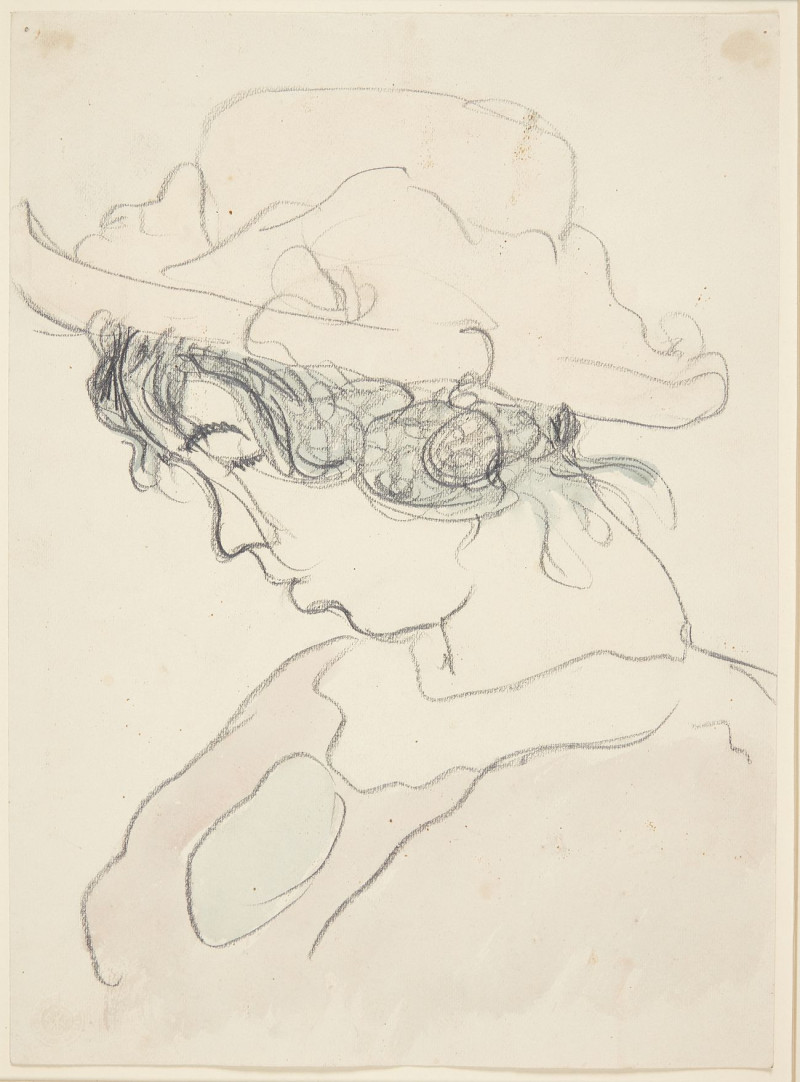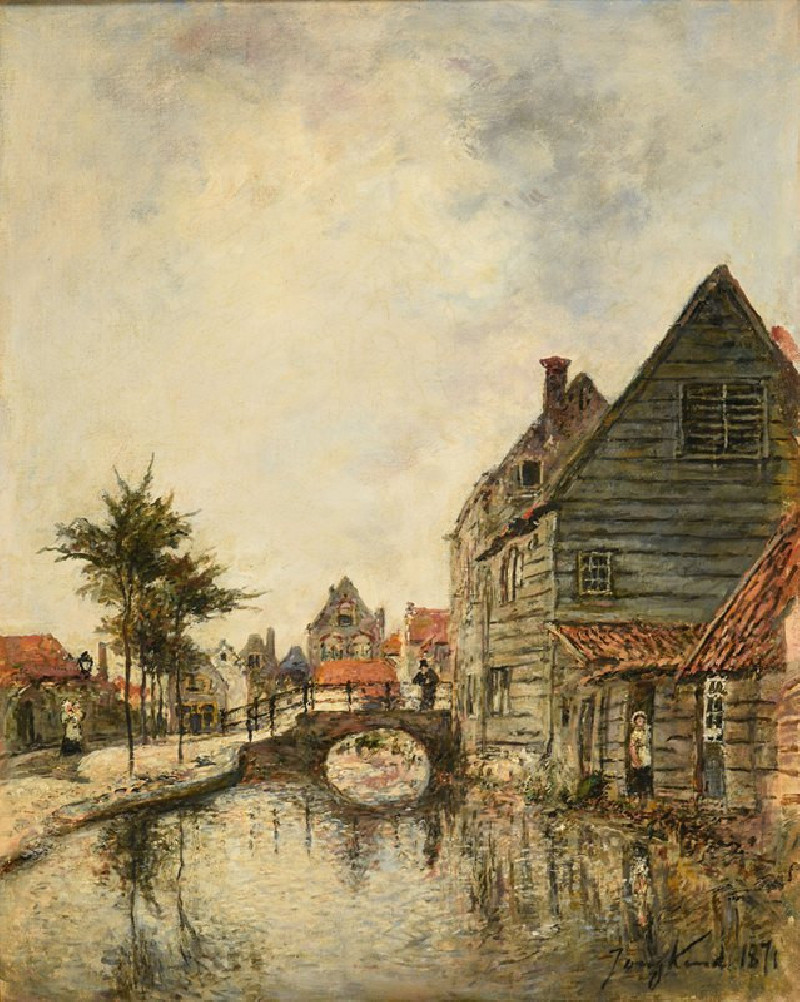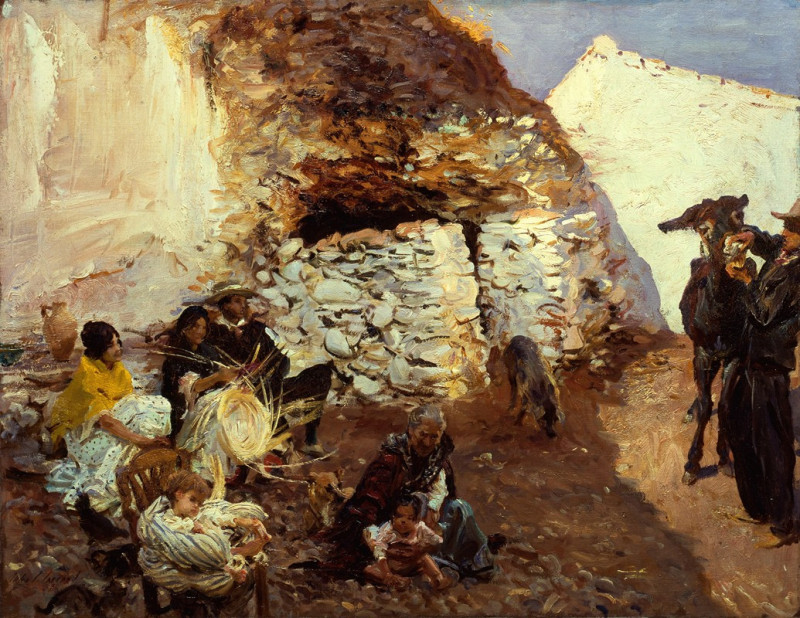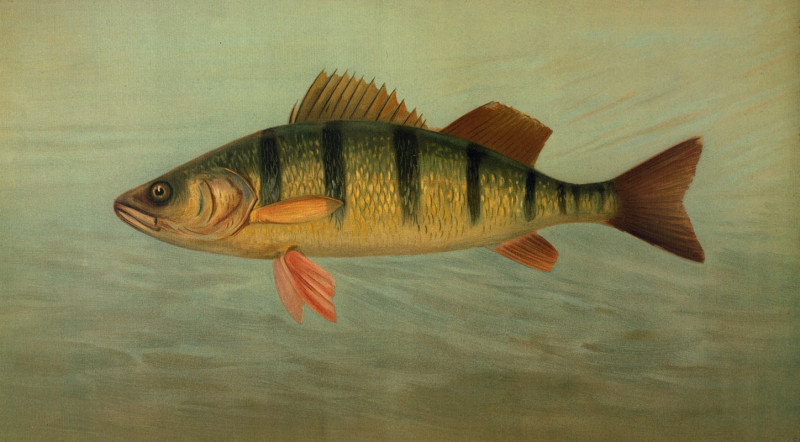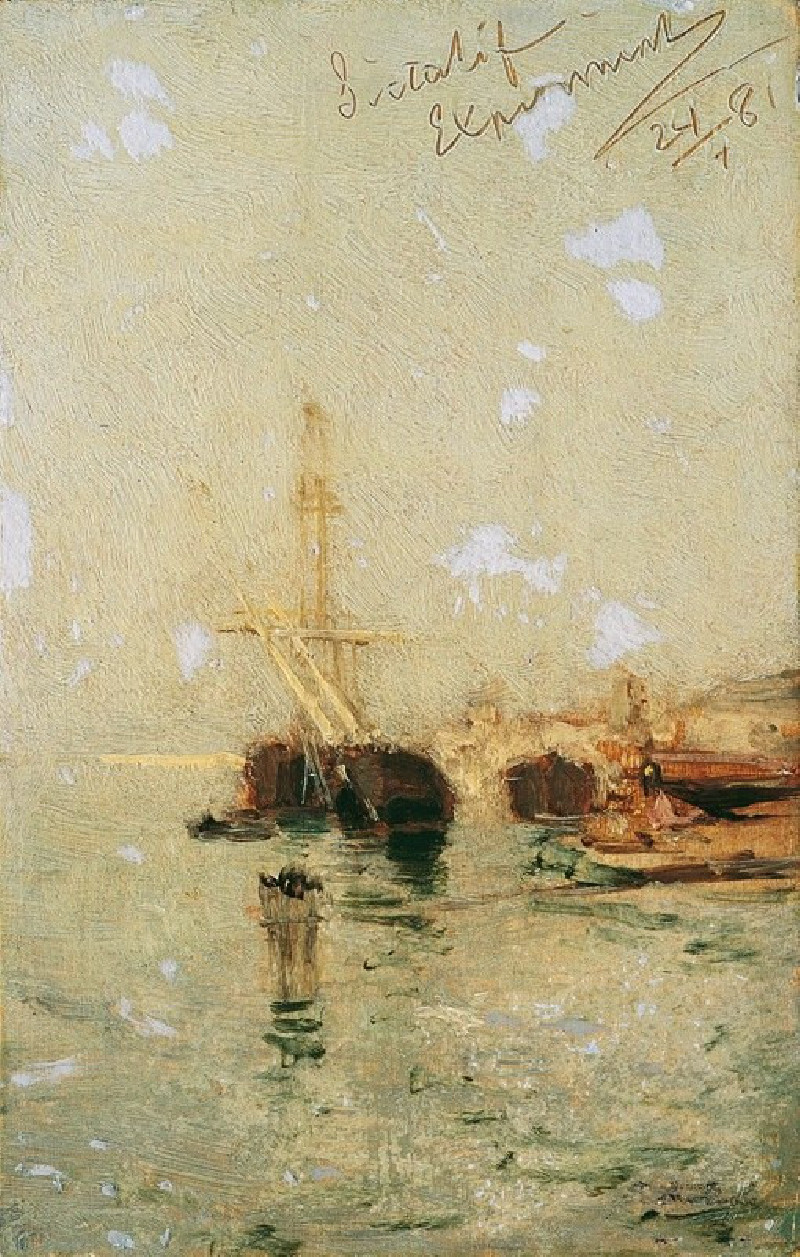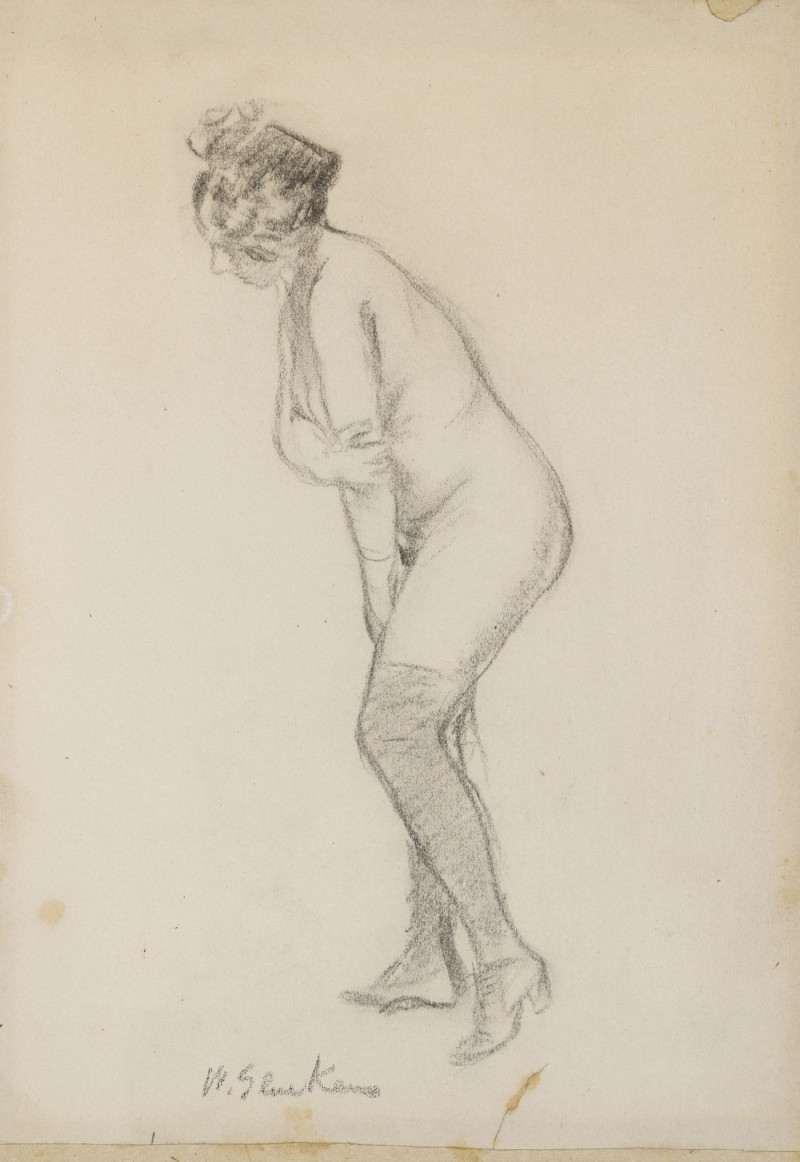Buen Viage. (Bon voyage.) (1796-1797)
Technique: Giclée quality print
Recommended by our customers
More about this artwork
Francisco de Goya's etching "Buen Viage" (Bon Voyage) from 1796-1797 stands out as a captivating exploration of human emotion and physical dynamism, encapsulated within a dark, swirling composition. This work is part of Goya's celebrated series of prints that delve into the depths of human psychology and societal critiques.The image portrays three figures, frozen in a moment of intense and possibly perilous interaction. Dominating the scene is a central figure shown in a near horizontal position, seemingly borne aloft by wings suggestive of supernatural influence or inner turmoil taking physical form. The facial expressions of the figures range from anguished to fearful, highlighting a scene rich in narrative ambiguity.This enigmatic portrayal possibly reflects themes of struggle, escape, or transcendence, inviting viewers to question the circumstances and fate of these entwined characters. Goya's mastery in capturing the raw intensity of this encounter is evident in his finely tuned control over light and shadow, which adds a profound depth to the artwork and enhances its dramatic impact."Buen Viage" remains an exemplary showcase of Goya’s ability to weave complex human stories through his unique artistic lens, encouraging endless interpretations and discussions among viewers and critics alike.
Delivery
Returns
Francisco José de Goya y Lucientes (30 March 1746 – 16 April 1828) was a Spanish romantic painter and printmaker. He is considered the most important Spanish artist of the late 18th and early 19th centuries. His paintings, drawings, and engravings reflected contemporary historical upheavals and influenced important 19th- and 20th-century painters. Goya is often referred to as the last of the Old Masters and the first of the moderns.

